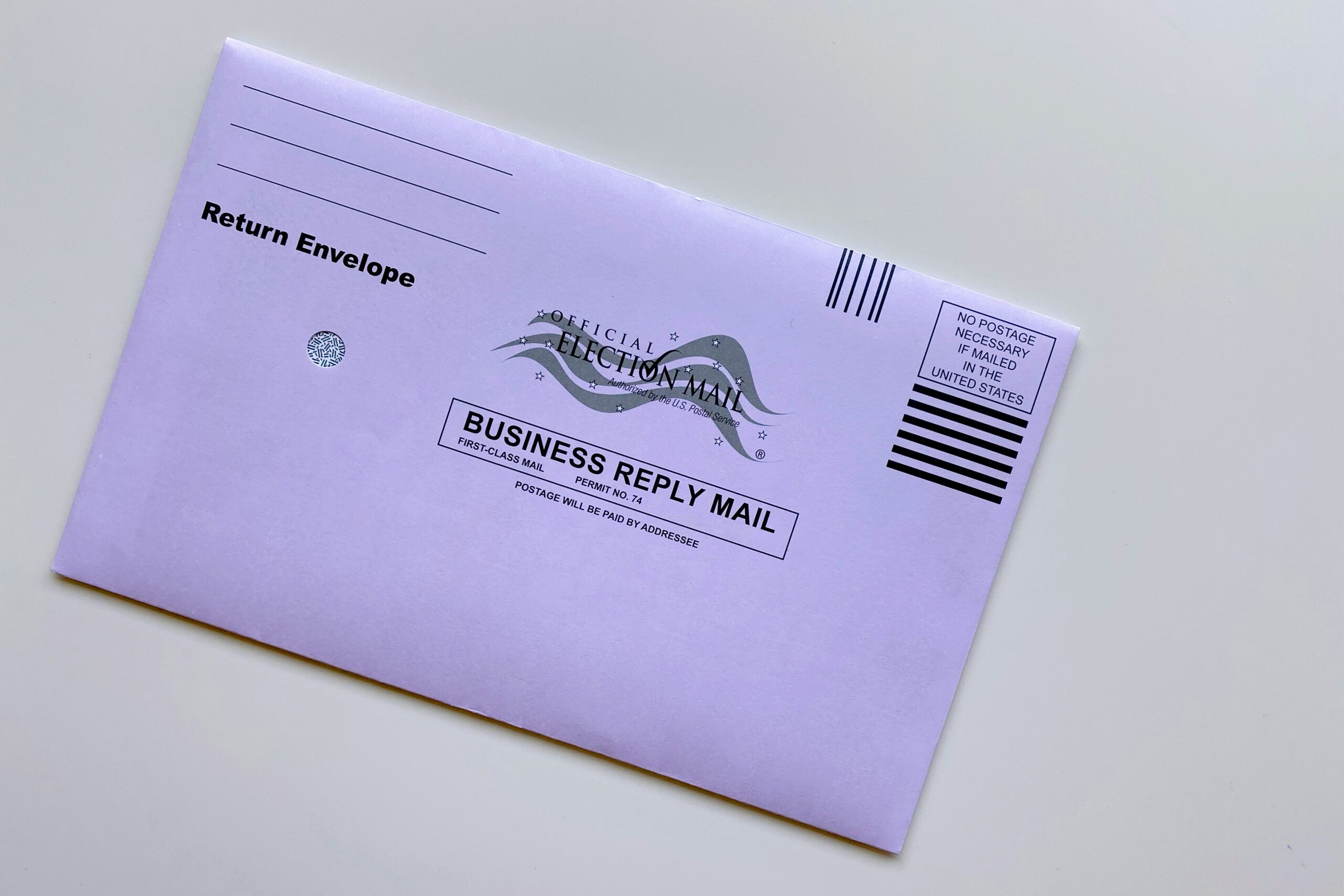Exploring the Role of Political Ads in Campaign Messaging
Political advertising has played a significant role in shaping the landscape of election campaigns throughout history. The earliest forms of political ads date back to the 18th century when candidates used pamphlets and newspapers to promote their platforms and engage with voters. These rudimentary methods gradually evolved with technological advancements, leading to the creation of more sophisticated and targeted advertising strategies over time.
As the 20th century unfolded, political advertising underwent a revolution with the advent of radio and television. Candidates seized upon these mediums to reach a wider audience and convey their messages in a more engaging and persuasive manner. This shift marked a turning point in political campaigning, as visuals and soundbites became essential tools for capturing voters’ attention and influencing their opinions.
The Evolution of Political Ads
Political advertising has transitioned significantly over the years, from print ads in newspapers to radio broadcasts and, more recently, to the digital realm. This evolution has revolutionized the way campaigns reach and engage with voters. With the rise of social media platforms and online targeting capabilities, political ads can now be tailored to specific demographics with precision, delivering messages directly to target audiences.
Moreover, the evolution of political ads has not only changed how campaigns communicate with voters but also how voters interact with and perceive political messages. The inundation of advertisements across various media channels has made it challenging for campaigns to break through the noise and capture the attention of voters. As a result, political ads have become more visually dynamic and emotionally charged, aiming to evoke specific responses and create lasting impressions on viewers.
Political advertising has transitioned significantly over the years
From print ads in newspapers to radio broadcasts and, more recently, to the digital realm
Evolution has revolutionized how campaigns reach and engage with voters
Rise of social media platforms and online targeting capabilities allow for tailored messages to specific demographics
Moreover, the evolution of political ads has not only changed how campaigns communicate with voters but also how voters interact with and perceive political messages. The inundation of advertisements across various media channels has made it challenging for campaigns to break through the noise and capture the attention of voters. As a result, political ads have become more visually dynamic and emotionally charged, aiming to evoke specific responses and create lasting impressions on viewers.
In addition to changing formats, technological advancements have also played a significant role in shaping modern political advertising strategies. Data analytics now enable campaigns to track voter behavior online, allowing for more targeted messaging based on individual preferences and interests. This level of personalization was previously unimaginable in traditional forms of political advertising.
Furthermore, the evolution of political ads has sparked debates surrounding transparency and accountability in campaign messaging. With the ability to micro-target specific groups of individuals online, concerns have been raised about misinformation spreading unchecked or biased narratives influencing public opinion without scrutiny. Policymakers are grappling with how best to regulate these new forms of digital campaigning while upholding principles of free speech and fair elections.
The Impact of Political Ads on Voter Behavior
Despite varying opinions on their efficacy, political ads undeniably wield significant influence over voter behavior. These advertisements have the ability to shape public perception, evoke emotional responses, and sway opinions in favor of a particular candidate or issue. Through strategic messaging, visual cues, and persuasive techniques, these ads can leave lasting impressions on voters, ultimately impacting their decisions at the polls.
Moreover, in today’s digital age, the reach and impact of political ads have expanded exponentially. With the widespread use of social media platforms and targeted advertising, political messages can now be tailored to specific demographics and individuals. This personalized approach allows for greater precision in reaching potential voters and can further amplify the persuasive power of these ads in shaping voter attitudes and behavior.
How long have political ads been a part of election campaigns?
Political advertising has been a part of election campaigns for over a century, with the first known political ad airing on television in 1952.
How have political ads evolved over time?
Political ads have evolved from simple radio spots and newspaper ads to sophisticated television commercials and now digital and social media ads.
Do political ads have a significant impact on voter behavior?
Research suggests that political ads can have a significant impact on voter behavior, influencing opinions, attitudes, and ultimately voting decisions.
What are some common strategies used in political ads to influence voters?
Common strategies used in political ads include appealing to emotions, attacking opponents, highlighting accomplishments, and promoting the candidate’s platform.
Are there any regulations in place for political advertising?
Yes, there are regulations in place for political advertising, including disclosure requirements for funding sources and restrictions on false or misleading information.






